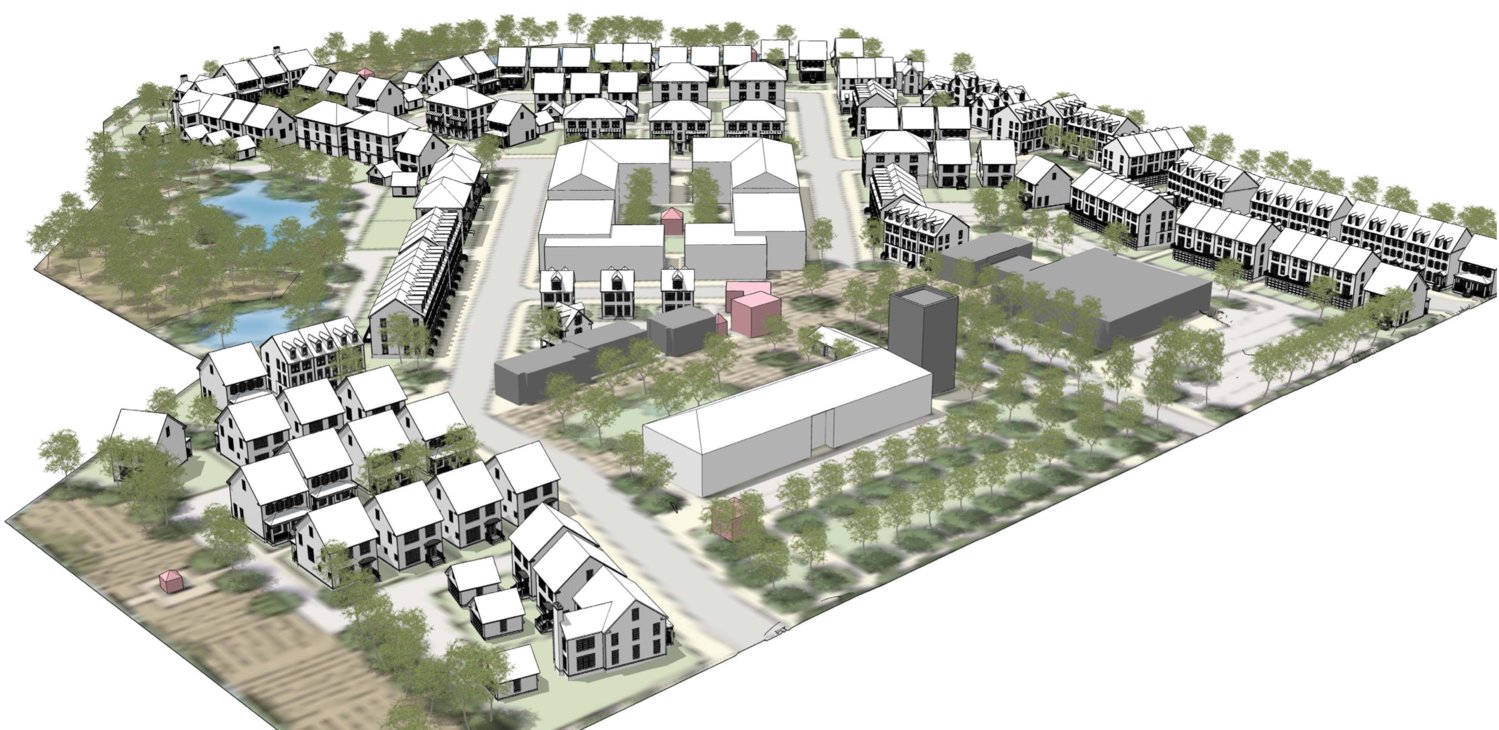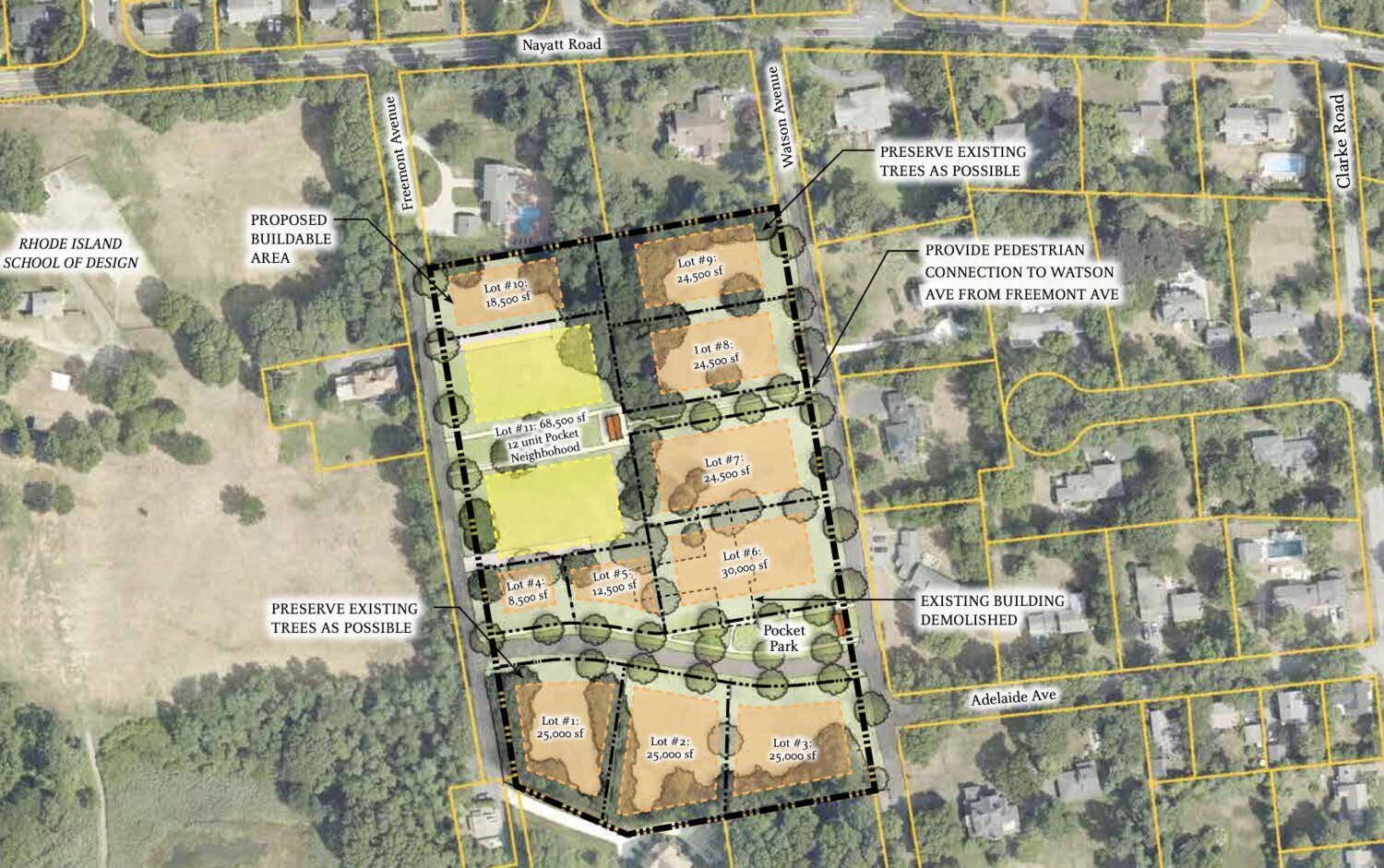Letter: There's a massive difference in proposed developments
To the editor:
In your recent article about the Carmelite monastery property, an argument was made that no action should be made to develop that property while the fate of the Belton Court …
This item is available in full to subscribers.
Please log in to continue |
Register to post eventsIf you'd like to post an event to our calendar, you can create a free account by clicking here. Note that free accounts do not have access to our subscriber-only content. |
Day pass subscribers
Are you a day pass subscriber who needs to log in? Click here to continue.
Letter: There's a massive difference in proposed developments
To the editor:
In your recent article about the Carmelite monastery property, an argument was made that no action should be made to develop that property while the fate of the Belton Court property (the former Zion Bible College property) remains unsettled. The rationale for delay being that, “the Belton Court property is HUGE”, and that the development of this “massive project just up the street” questions whether there is any need for the monastery property to be developed at all, either as senior housing or affordable housing.
There is no question that the latest proposal for the Belton Court property is “HUGE”. But to best understand and compare the impact of a new development on an existing neighborhood there must be a measurement that considers more than just the size of the property to be developed.
Indeed there is such a measure, and it takes into consideration not just the size of the property, but also the number of units to be built on the property. In fact, much of the town’s zoning is based on such a measure, and it is known as unit density. The familiar R-10, R-25, and so forth prescribe the lot size for a single unit. R-25, for example, calls for one unit on 25,000 square feet of buildable property. For purposes of comparison, this zoning designation is converted to units per acre. R-25 zoning converts to a unit density of 1.74 units per acre.
So one way to compare the development of 24 units on the 7 acres of monastery property against 350 units on 32 acres of Belton Court is to look at the unit densities:
• Carmelite Monastery: 3.43 units/acre
• Belton Court: 10.94 units/acre
For purposes of the impact on the neighborhoods in the vicinity of the development, the appropriate comparison is between the density of the affected neighborhood and the density of the proposed development.
In the case of the monastery development, the proposal represents a 97 percent increase in density over the R-25 neighborhood abutting Watson Road.
In the case of the Belton Court development, the proposal represents a 529 percent increase in density over the R-25 neighborhoods abutting Middle Highway and County Road.
There certainly are other factors that affect the impact of a new development on existing neighborhoods, and it is not my intent to pit neighbor against neighbor, but any fair analysis must conclude that, by density alone, a 350-unit development on the Belton Court property, representing a 529 percent density increase, is massively different than the surrounding neighborhood. I am unaware of such a jarring contrast having been proposed for any neighborhood in Barrington, and I doubt that there is even one to be found anywhere in the town.
Kipp Hartmann
Barrington









